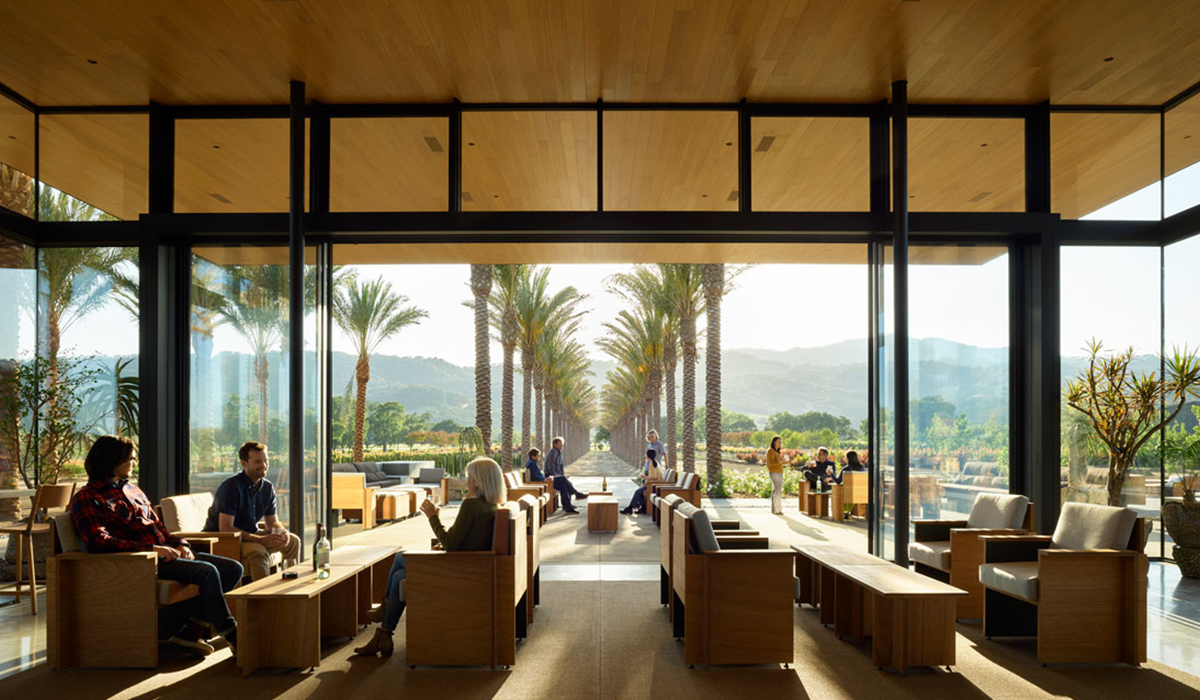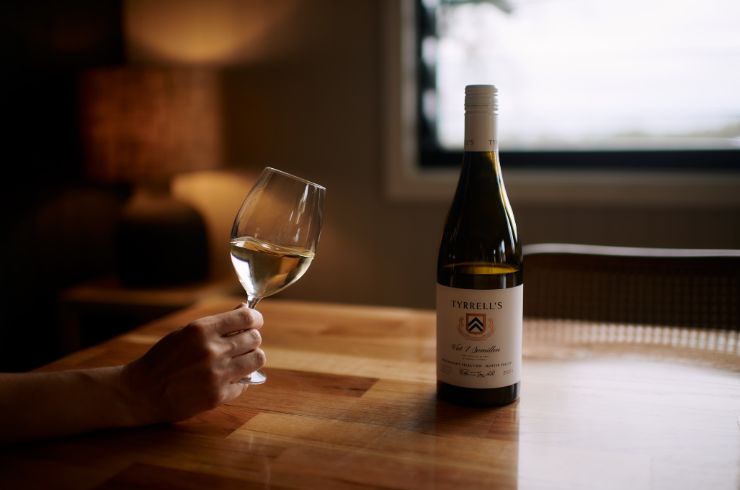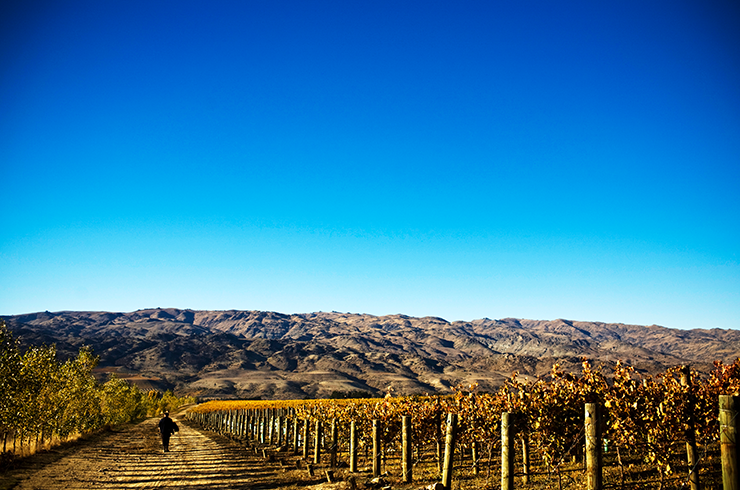Napa Valley is one of California’s best-known wine regions, with impressive diversity packed into every corner of an area roughly 48km by 6km, north of San Francisco. Numerous soil types, microclimates, altitudes and grape varieties help produce some of the world’s finest wines, generating 27 per cent of wine revenue for the state of California from just four per cent of the state’s vines. A broad range of wine tasting and dining experiences set against breathtaking scenery are the hallmarks of any visit.
Devotees of cabernet sauvignon and chardonnay are richly rewarded in Napa Valley, but those interested in other grape varieties will likewise find much to enjoy. Napa Valley AVA (American Viticultural Area) is a single region with 16 nested AVAs or subregions, across which over 36 grape varieties are planted to produce still, sparkling and sweet wine. Styles range from round and generous to complex and powerful.
As the valley extends north, increased sun exposure pushes air temperatures up, which in turn draws fog and cool bay air in and up through the valley. This creates significant diurnal temperature ranges, particularly at the northern end of the valley – an important factor for quality wine production and a handy thing to remember when heading out in the evening.
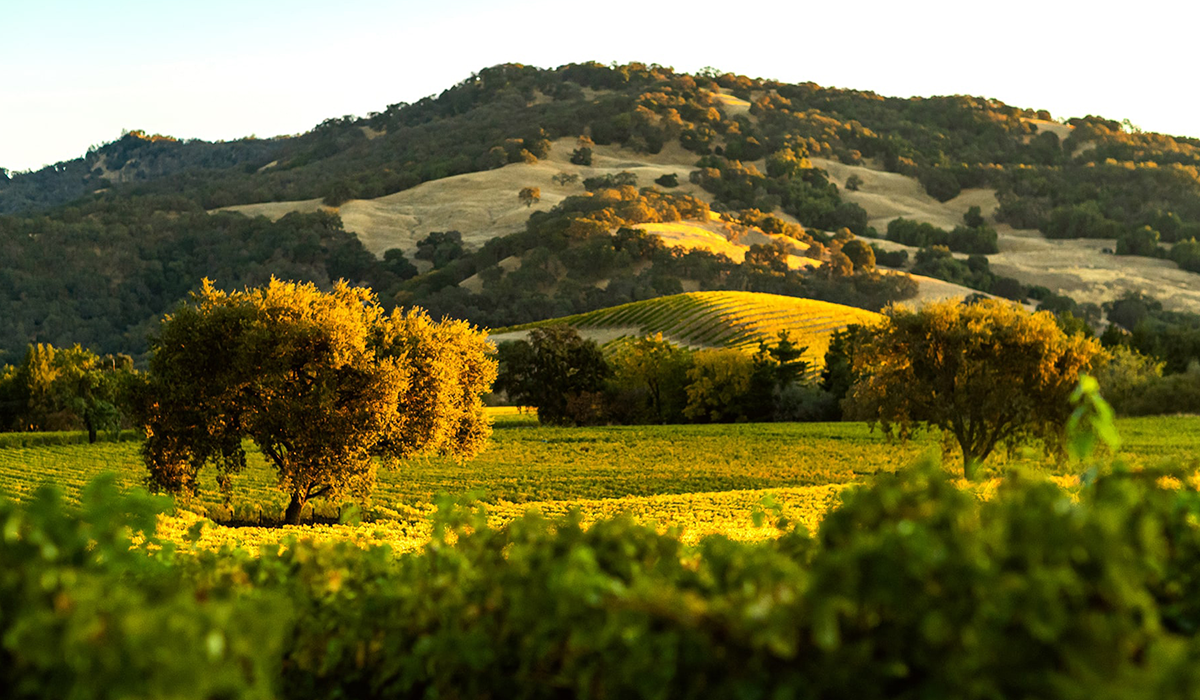
Planning is key to a successful Napa Valley visit. Wineries typically charge a tasting fee that is substantially higher than those charged in Australia and visits must be booked ahead of time, which is especially important if you have a particular winery in mind. Many visitors restrict themselves to staying in downtown Napa and visiting wineries on the valley floor, but for the best experience split your visit between Napa and the northern towns of Calistoga and St. Helena. If time is your friend, take a detour to Suisun Valley and one of the newest cellar doors in the area.
A short drive from downtown Napa will take you to some of the most iconic wineries in the region, making it a good place to begin your trip. Check in at the chic Archer Hotel on First Street, which boasts some of the best views in town from its rooftop, before exploring the neighbourhood. Head to Cadet bar, where locals and visitors come to enjoy the great beer and wine selection plus menu items including Reuben and grilled cheese sandwiches.
The stunning state-of-the-art Cayman-Suisun cellar door.
Driving from Napa via the main artery through the valley, State Highway 29, can be very slow so plan ahead if you have booked appointments. Alternatively, the Silverado Trail, along the eastern side of the valley, may take a little longer but is usually the quieter route. Regions within a short drive from Napa include Stags Leap District, Oakville, Rutherford and Yountville, home to acclaimed restaurant The French Laundry.
Stags Leap District is home to Stag’s Leap Wine Cellars and Stags’ Leap Winery. While both are worthy of a visit, it was a cabernet sauvignon from Stag’s Leap Wine Cellars that declared Napa Valley’s potential to produce premium wine by taking top honours in the 1976 Judgement of Paris blind tasting event, pitting some of France’s best red wines against then unknown Californian reds. Today, visitors to the winery enjoy spectacular views from the tasting room across vines and up to the volcanic rocks of the Stags Leap Palisades.
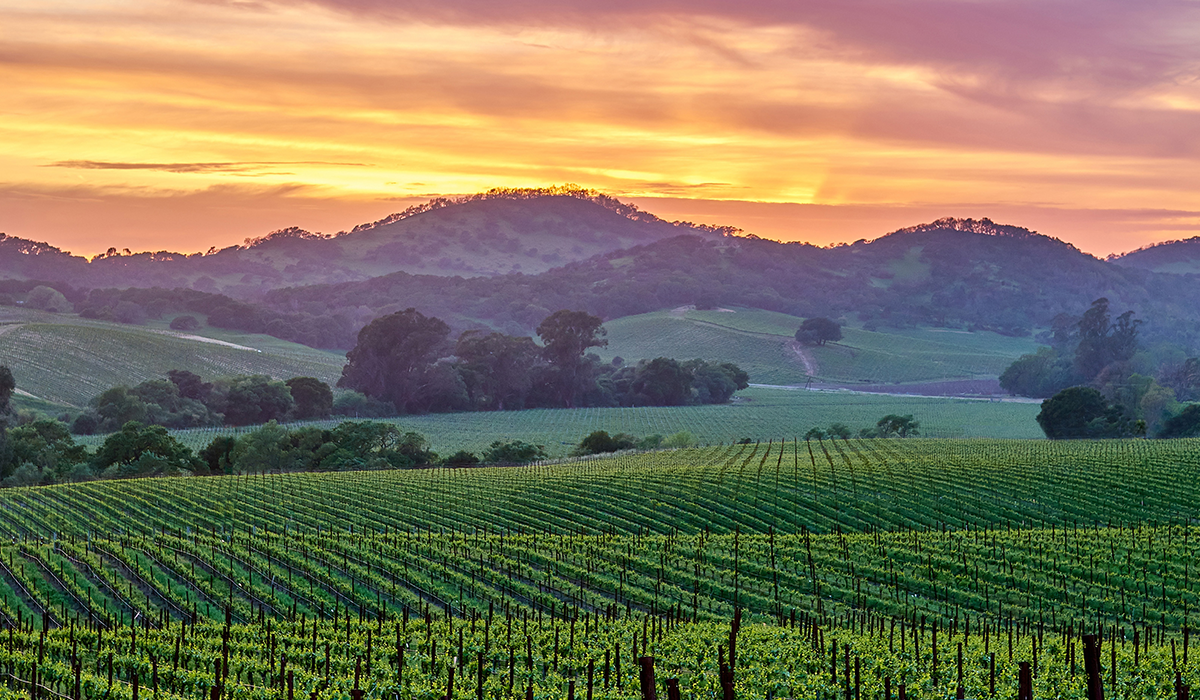
Continue north along the valley floor to Oakville, the nearby mountains providing alluvial soils washed down from the Mayacamas in the west and warmer volcanic soils from the Vaca mountains to the east. It is here that Robert Mondavi and Baron Philippe de Rothschild founded the renowned Opus One. Visitors can taste both Opus One and Overture wines. Depending on the experience selected, library wines and light snacks are also offered.
If hunger pangs require management, a stop at Oakville Grocery is the perfect remedy. Housed in an old Victorian building, Oakville Grocery has a long history of providing delicious picnic fare in addition to coffee, pastries, pizza, beer and a large selection of regional wines.
After lunch, drive to the picture-perfect Far Niente winery. Through wrought iron gates, a tree-lined driveway winds past immaculately landscaped gardens up a small hill to a respite from the buzz of the valley. Built in 1885 and purchased by the Nickel family in 1979, the exemplary restoration resulted in Far Niente being added to the National Register of Historic Places. A tasting experience here is small and intimate, including the Dulce, a sweet semillon-sauvignon blanc blend, alongside cheese and charcuterie platters.
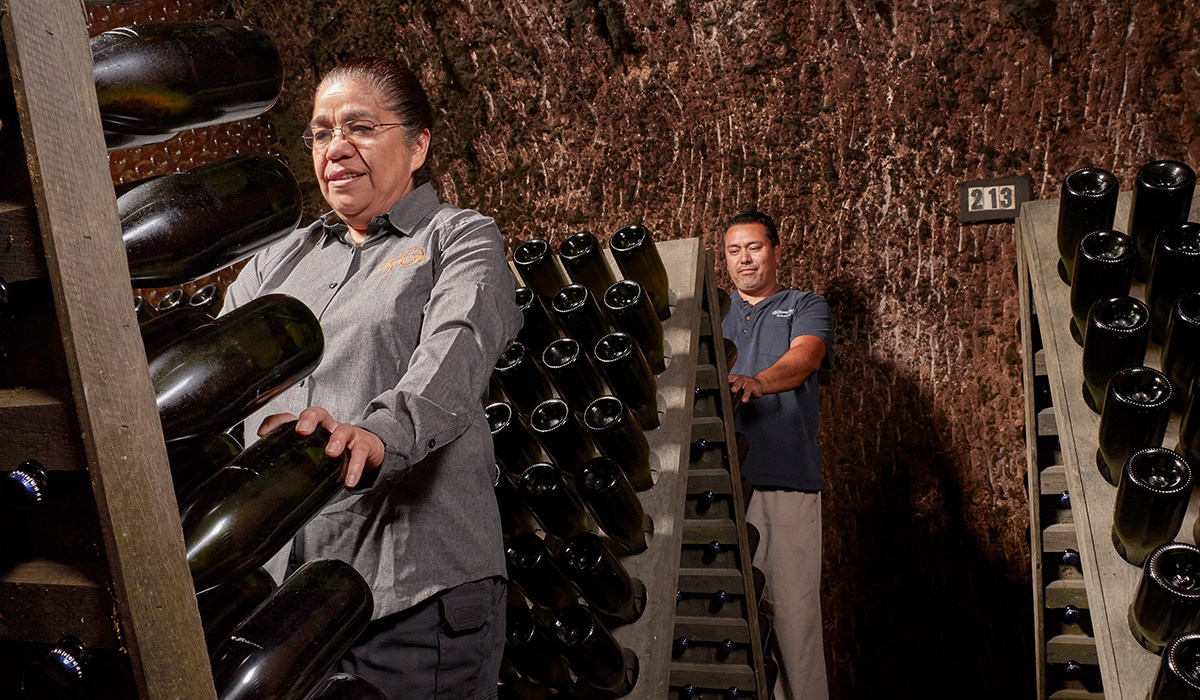
After your valley floor visits, relocate to the northern towns of Calistoga or St. Helena and the surrounding mountains. To take advantage of the area’s mineral springs, courtesy of volcanic activity of millennia past, stay at Indian Springs Calistoga, a 1930s Spanish-style resort with onsite thermal geysers and volcanic ash mud baths. Meals at the resident Sam’s Social Club are based around farm-fresh ingredients, and diners can relax inside or dine outside on the generous patio surrounded by oak and olive trees.
To explore the history of Napa Valley, Charles Krug, Schramsberg, Larkmead and Pride are useful additions to any itinerary. Charles Krug Winery in St. Helena, founded in 1861, is the oldest commercial winery in the valley. Tastings are conducted in the old winery building, including Bordeaux red staples alongside chenin blanc and a dessert wine made from zinfandel. After tasting, take advantage of the platters and wood-fired pizzas produced in-house by Cucina di Rosa. In Calistoga, Larkmead Vineyards was established in 1895 and survived Prohibition by selling fruit and making sacramental wine. Today, a thoroughly modern tasting experience is offered, rich in history and warm in hospitality.
High above Calistoga in the Diamond Mountain district is Schramsberg, Napa Valley’s oldest sparkling wine house, dating from the 1860s. The Davies family purchased Schramsberg in 1965. A blanc de blancs from the same year heralded the first use of chardonnay in an American sparkling wine and the first of many occasions on which Schramsberg would be served in the White House.
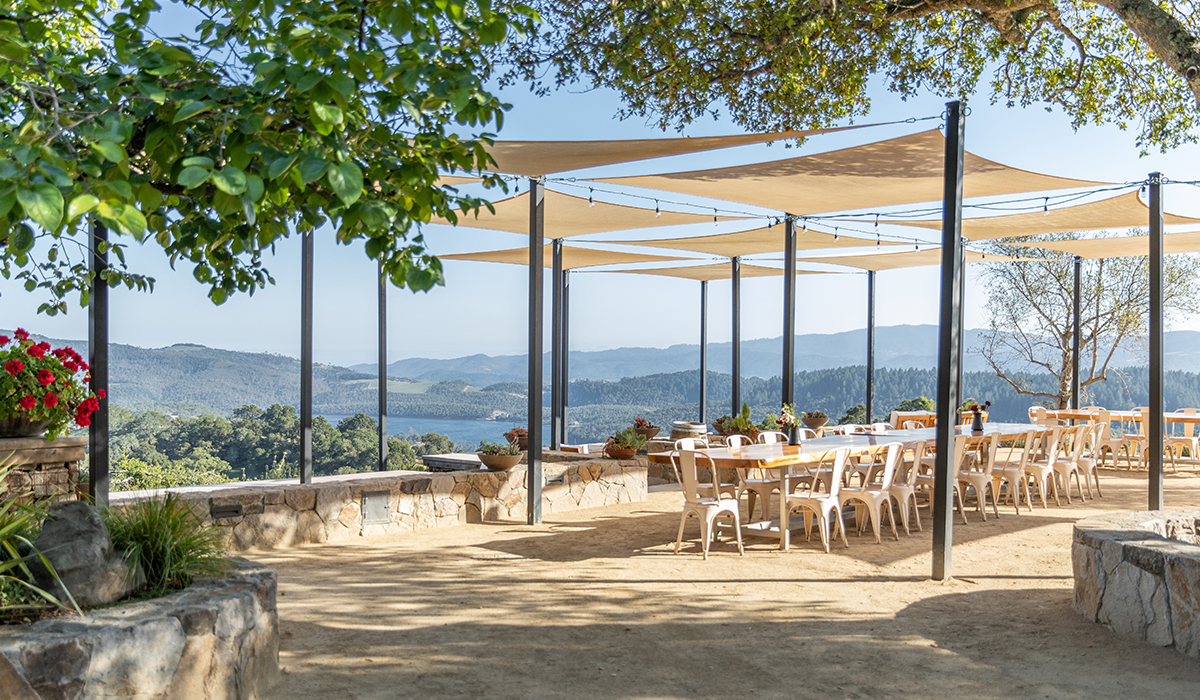
On the historic Summit Ranch property in the Spring Mountain district is Pride Mountain Vineyards. Along the fog line of the Mayacamas, cooler days and significantly less temperature variation than the valley floor produces fruit with smaller berries and wines of intense concentration and powerful structure. The portfolio includes viognier, syrah and sangiovese, and a modestly priced tasting is relaxed and welcoming. Don’t miss the opportunity to stand in Napa and Sonoma counties at the same time, an irregularity borne of the winery location.
For a path less travelled, head east of St. Helena to Amizetta Estate, winding through the mountains towards a stunning property set amongst steeply terraced vines at the foothills of Howell Mountain. Spectacular views sweeping down from the Mediterranean-inspired terrace across the vines towards Lake Hennessey, combined with a warm welcome at this family-owned winery make the journey worth it. Wines include cabernet sauvignon, cabernet franc, sauvignon blanc and a new project, Tradition Wines, which offers a red, white and rosé.
To round out the day, book a meal at PRESS in St. Helena. Stylish and delicious, the menu is focused on the best local produce coupled with the largest collection of Napa Valley wines in the world. Highlights include a wine list of iconic local wines spanning decades and the annual Napaulée, a Napa take on the Burgundian La Paulée.
From the valley floor to the mountains, Napa Valley offers a plethora of possibilities that, with a touch of planning, will create the most memorable of visits for any wine lover.
This article appears in issue #70 of Halliday magazine. Become a member to receive the print publication as well as digital access
